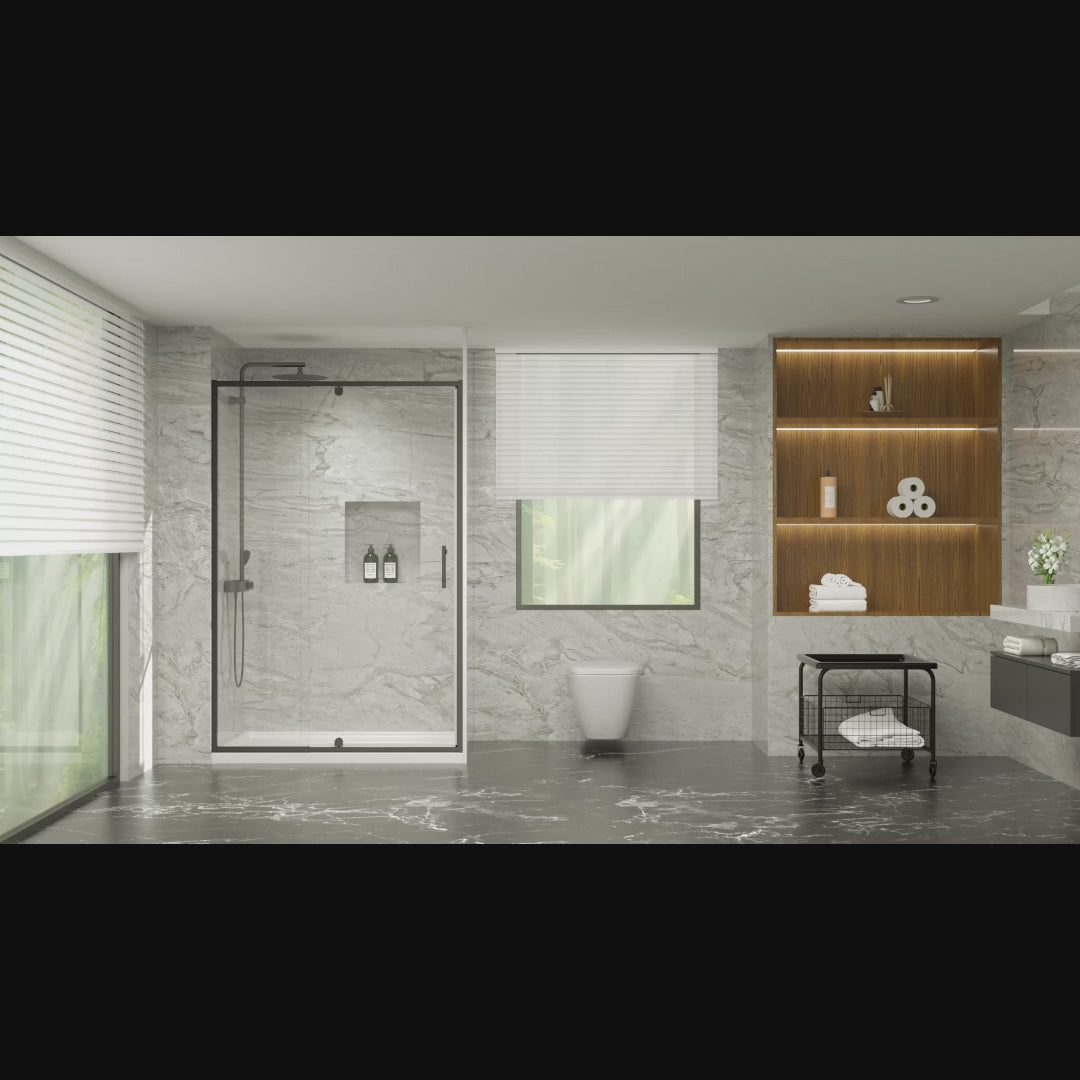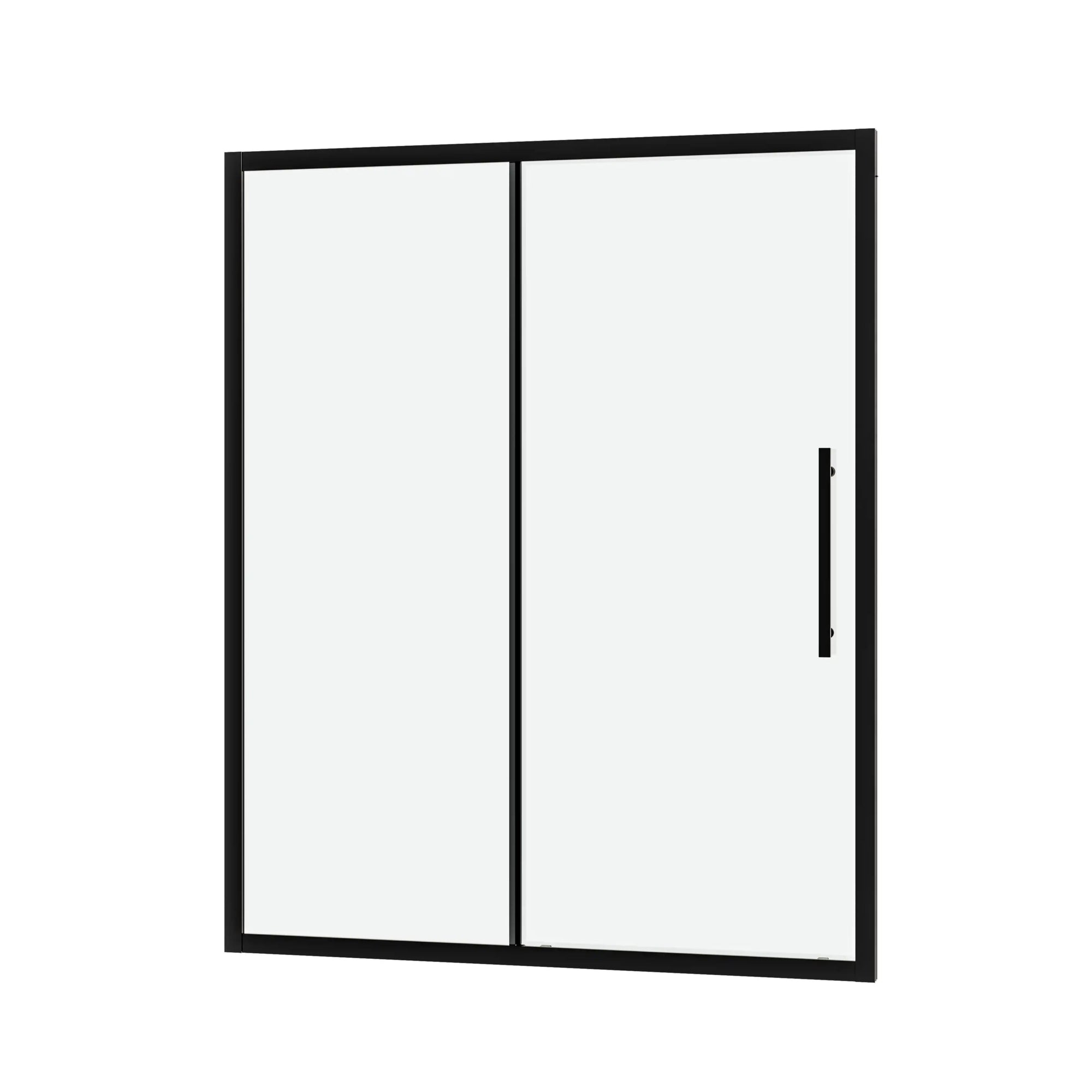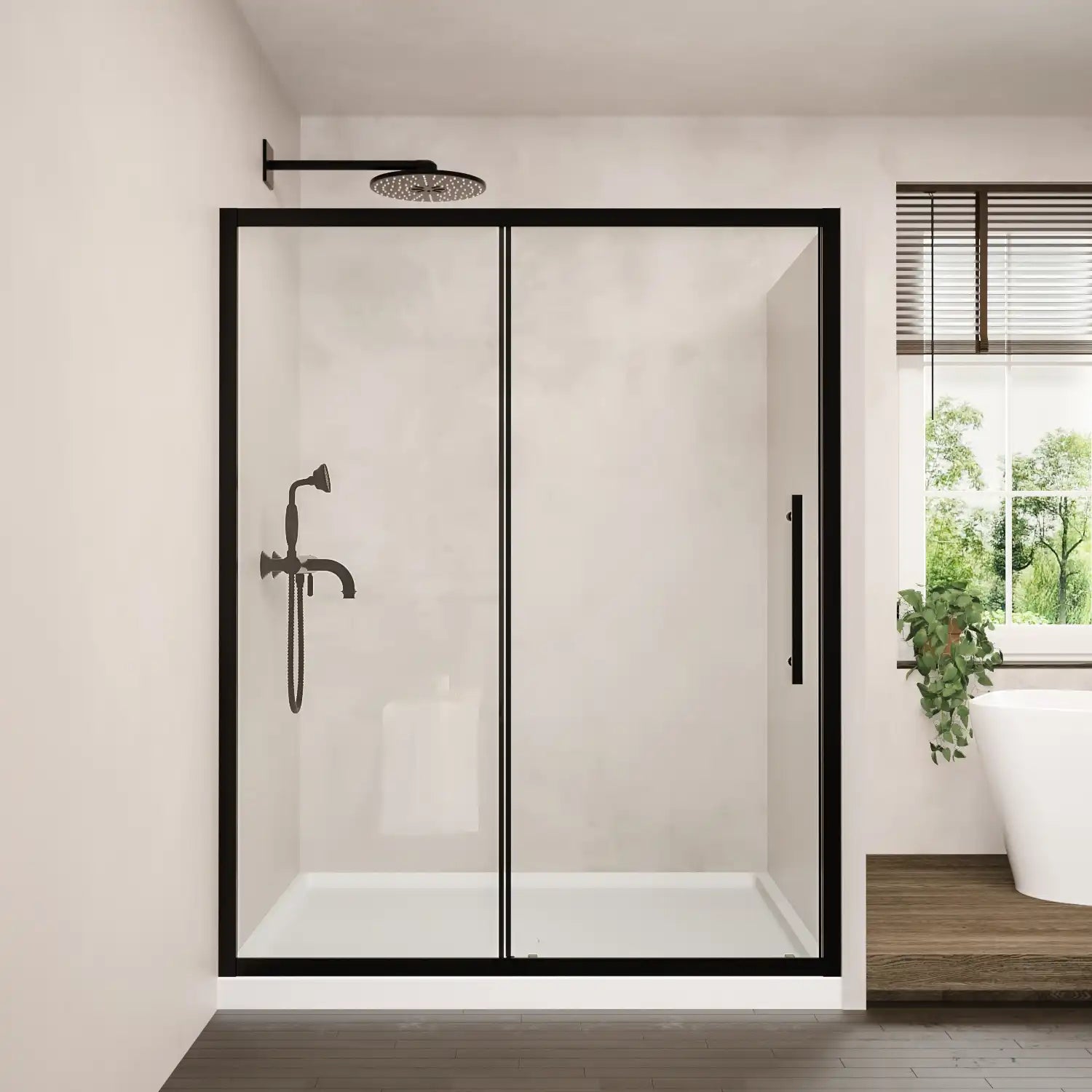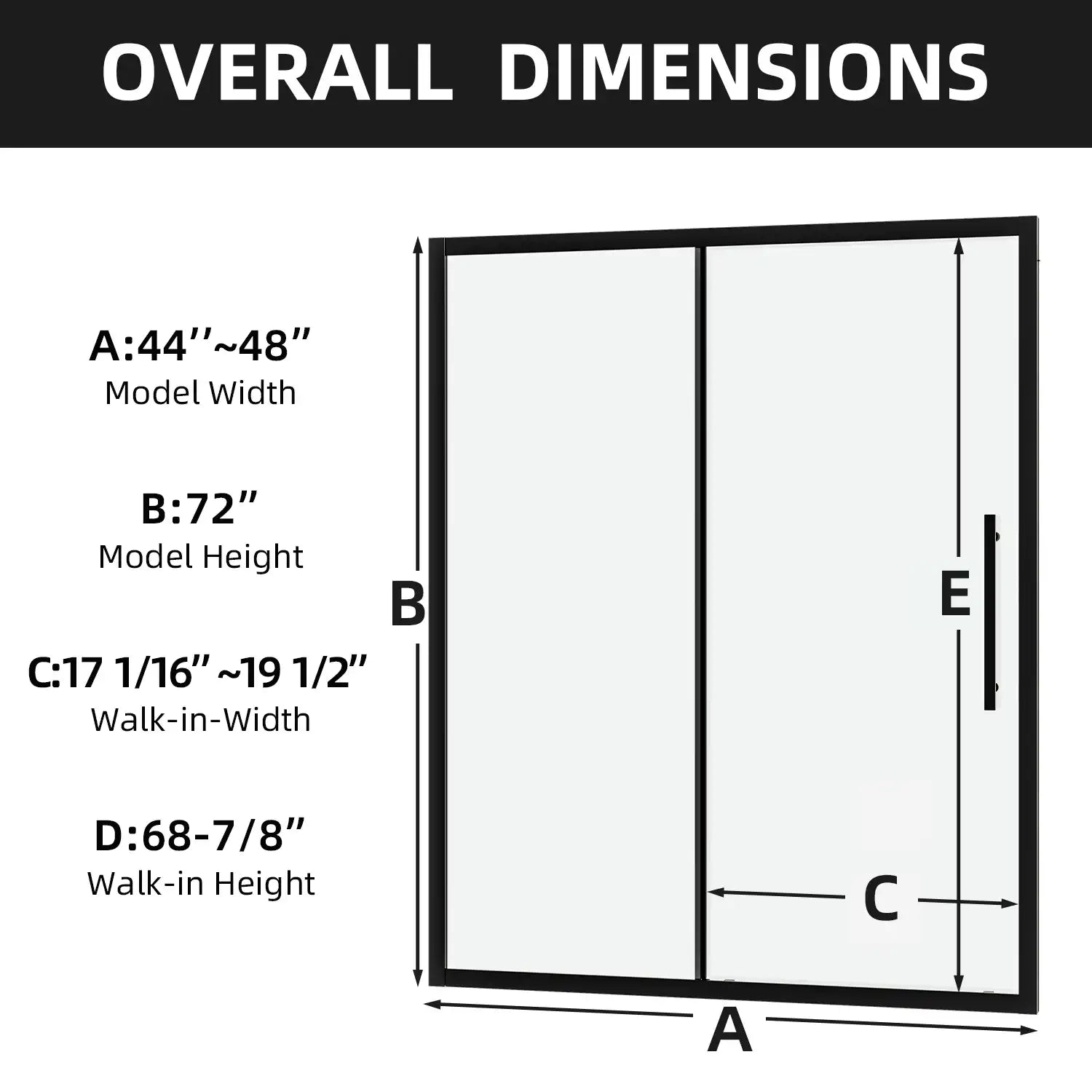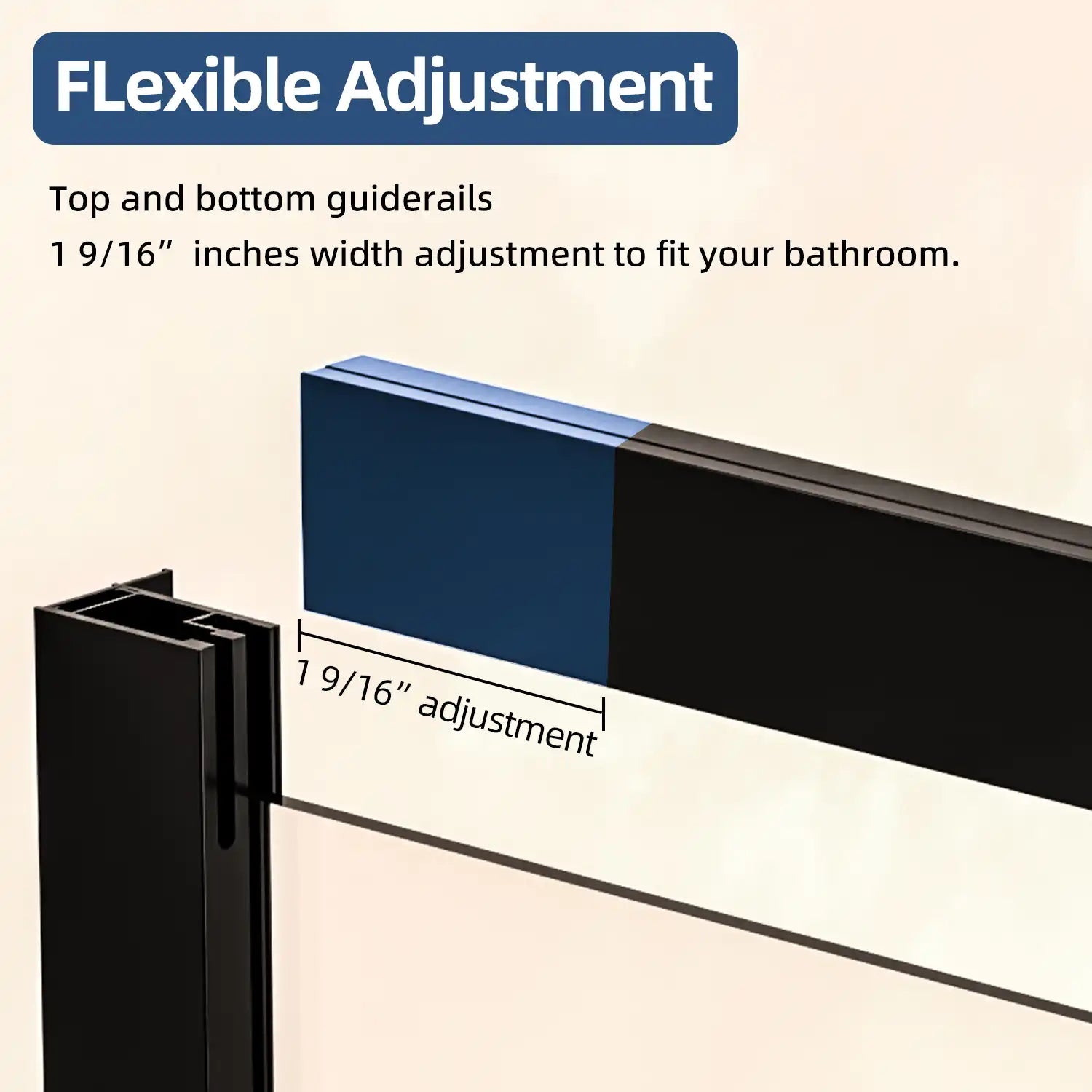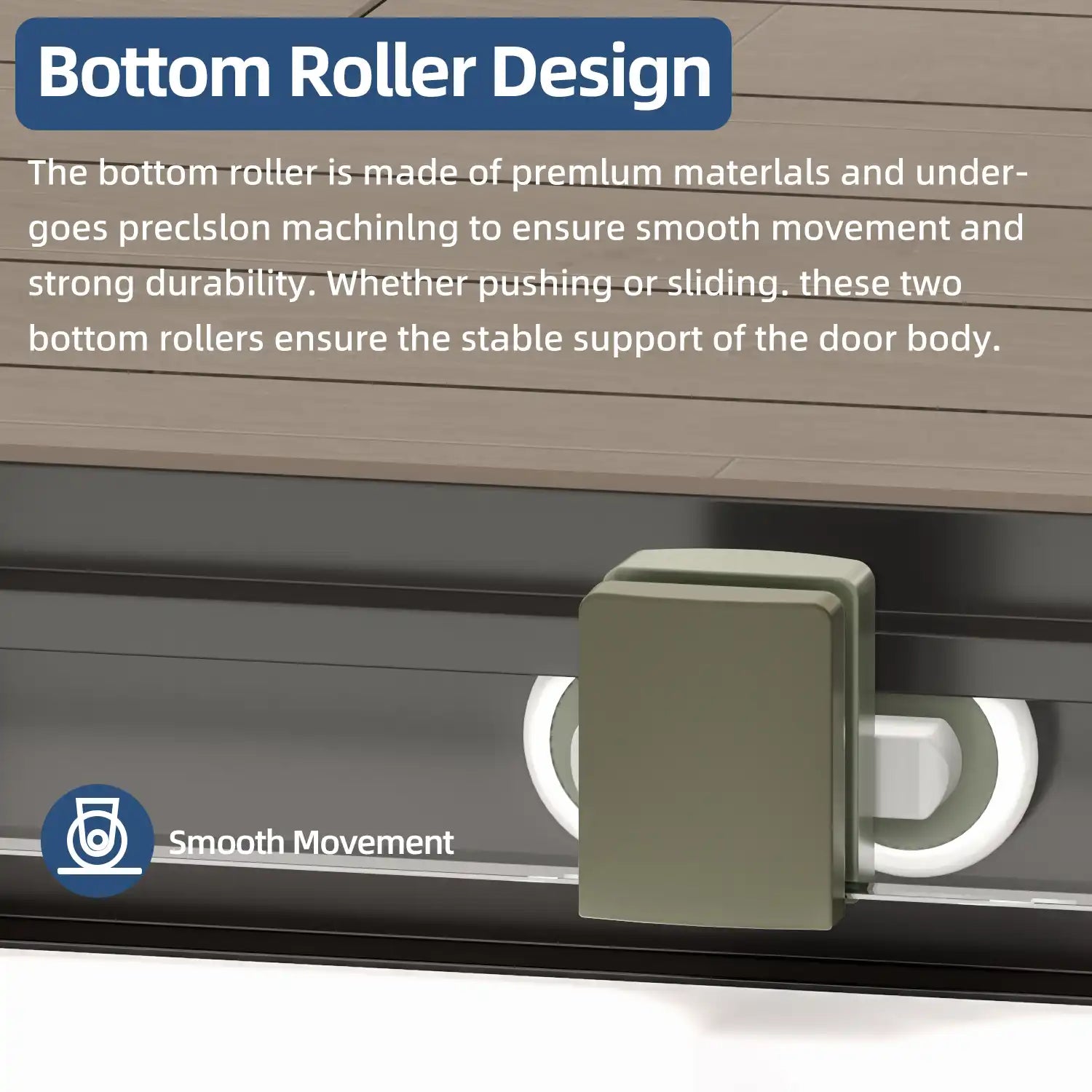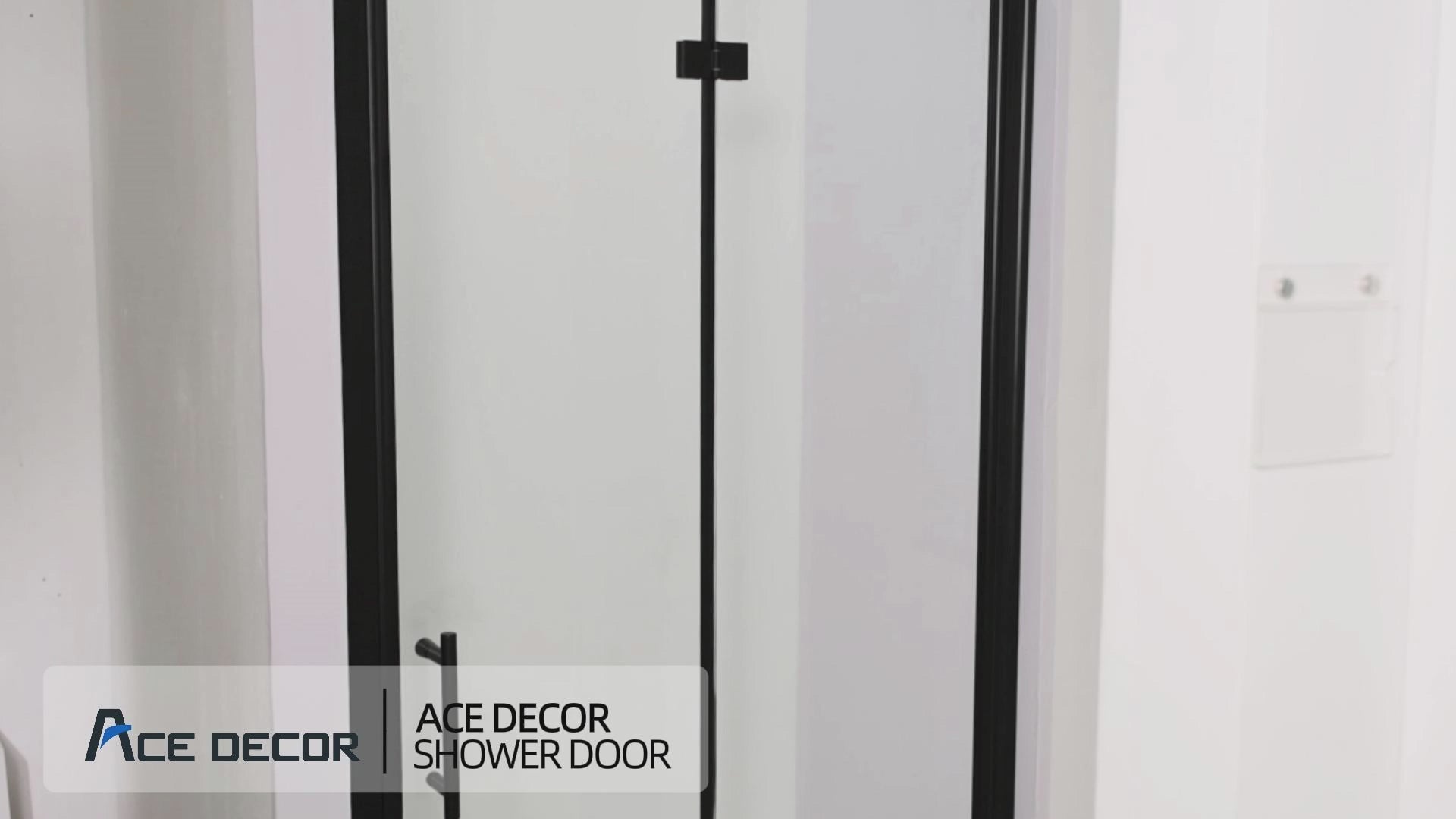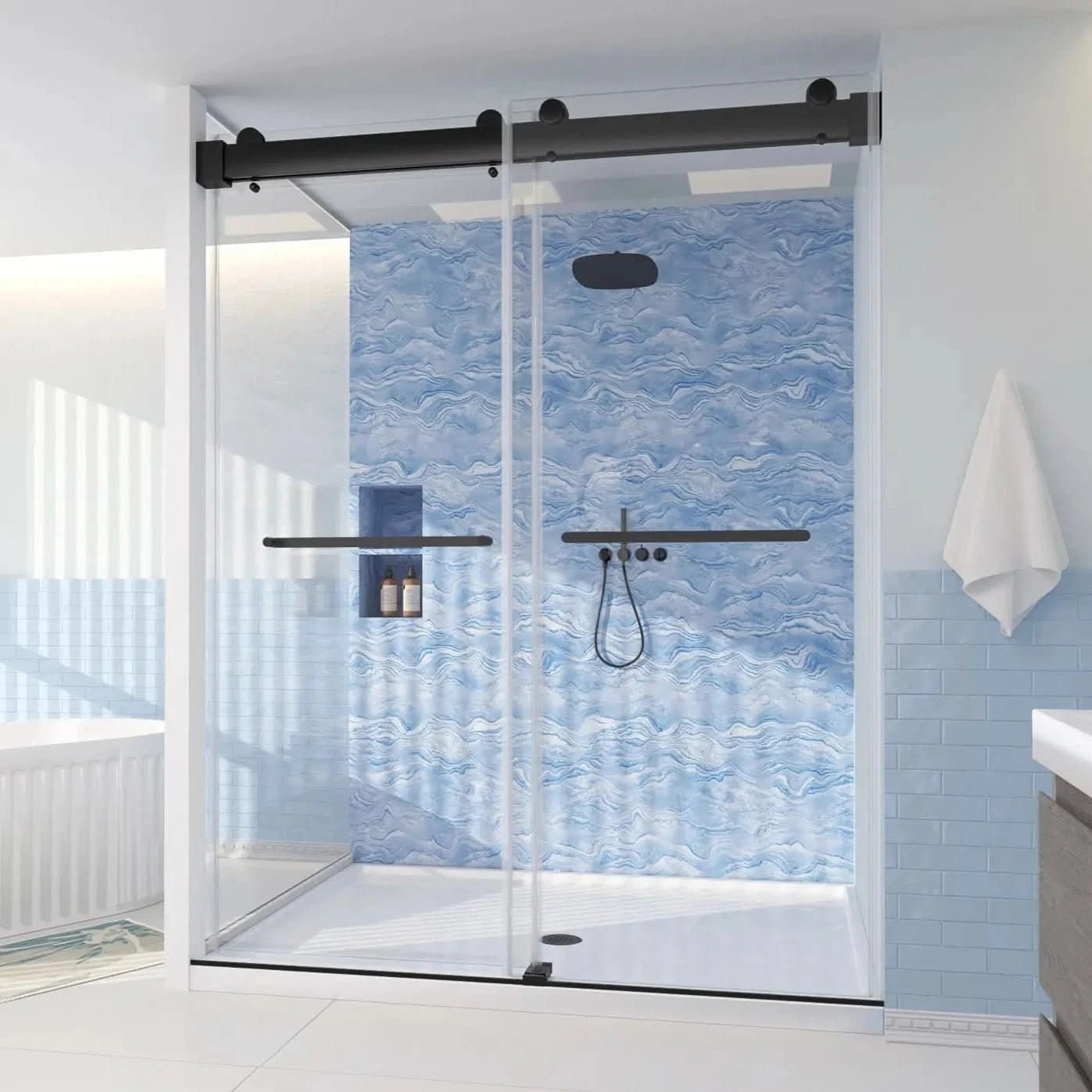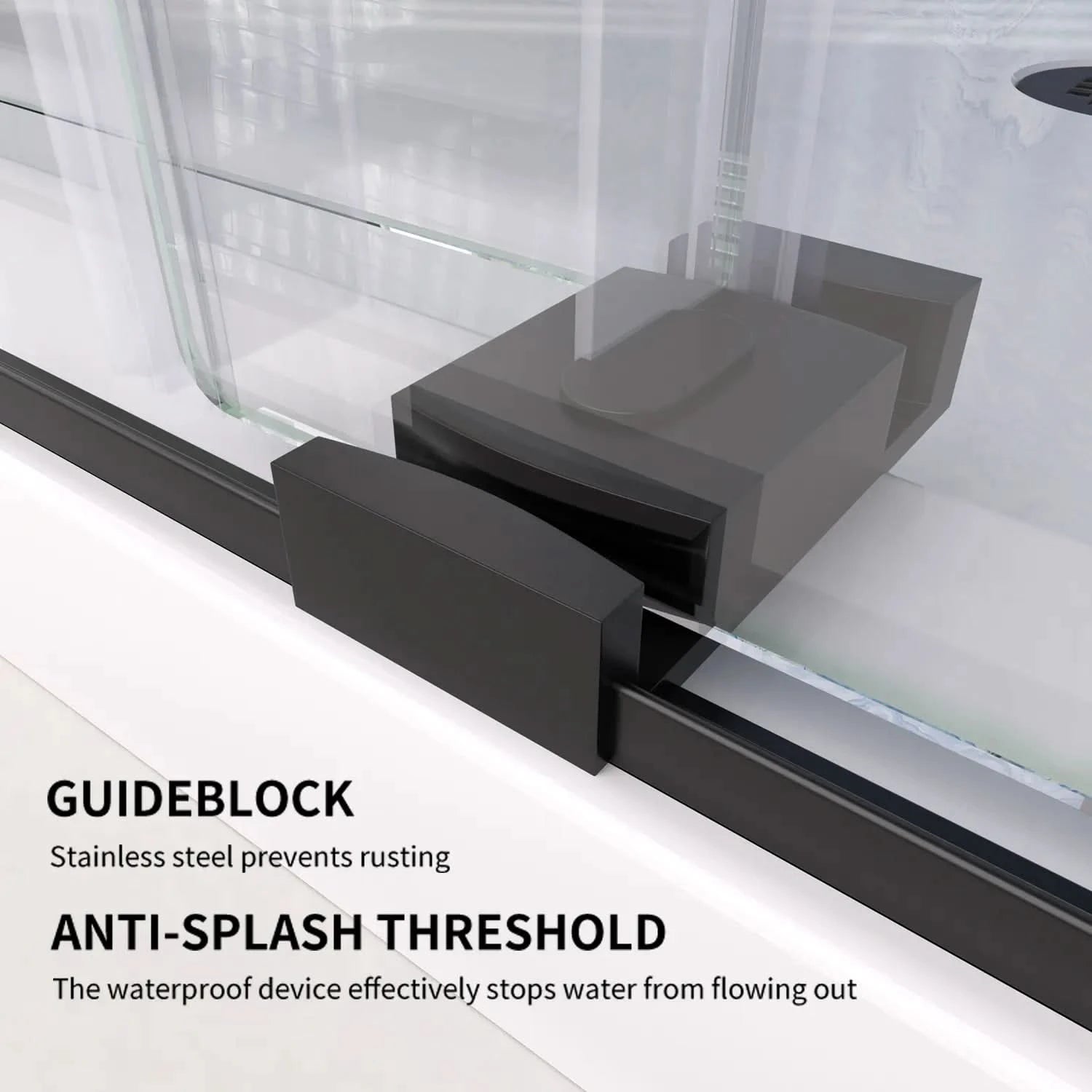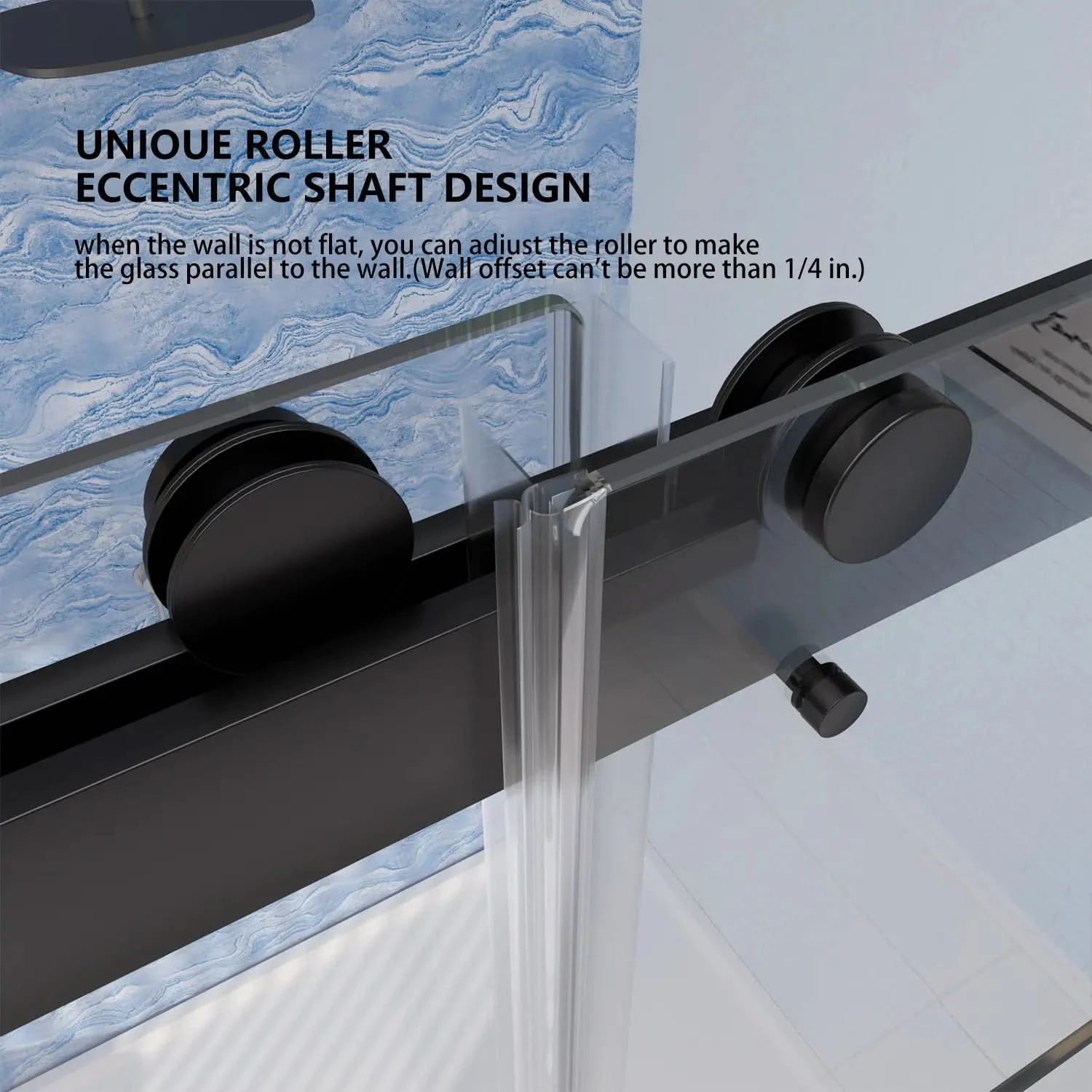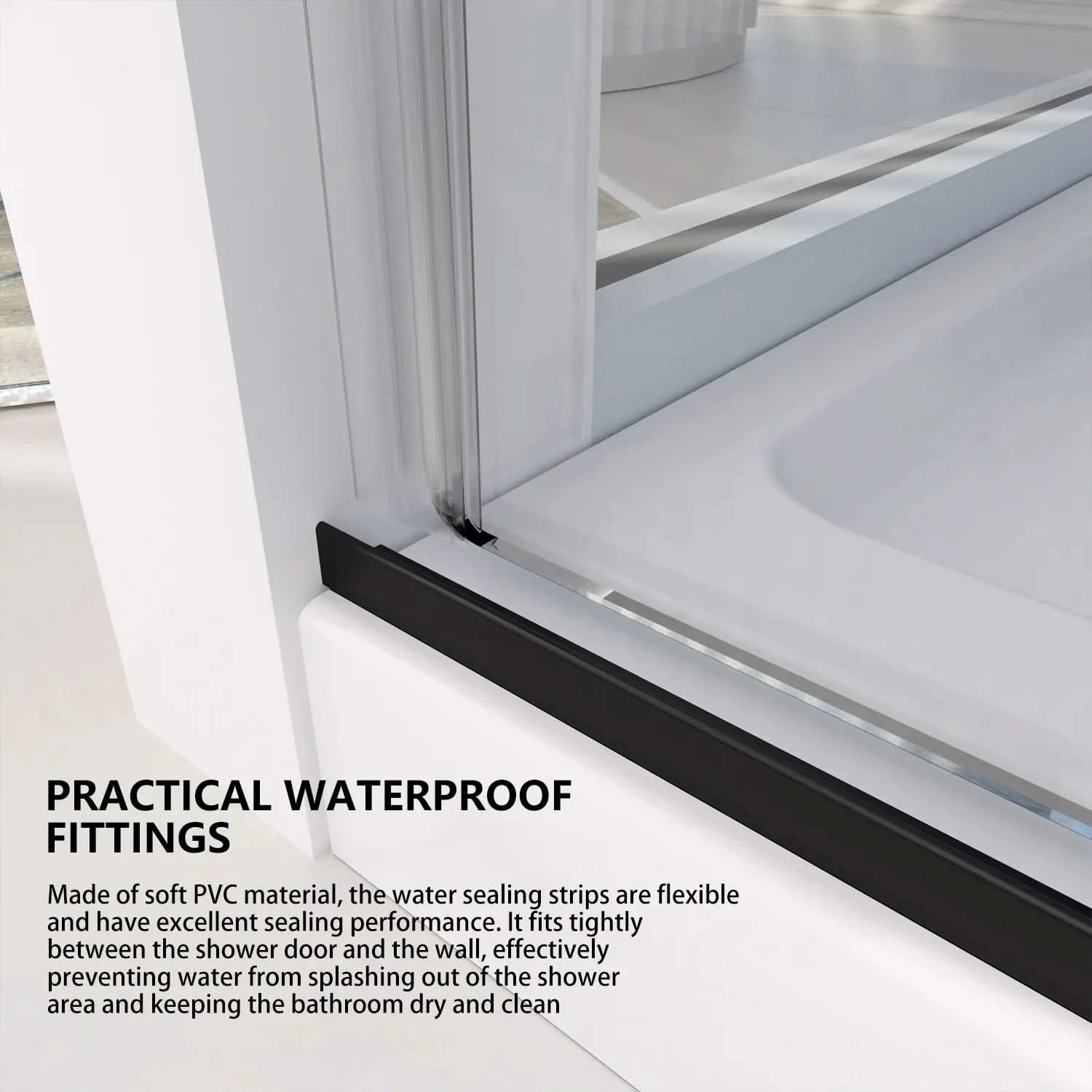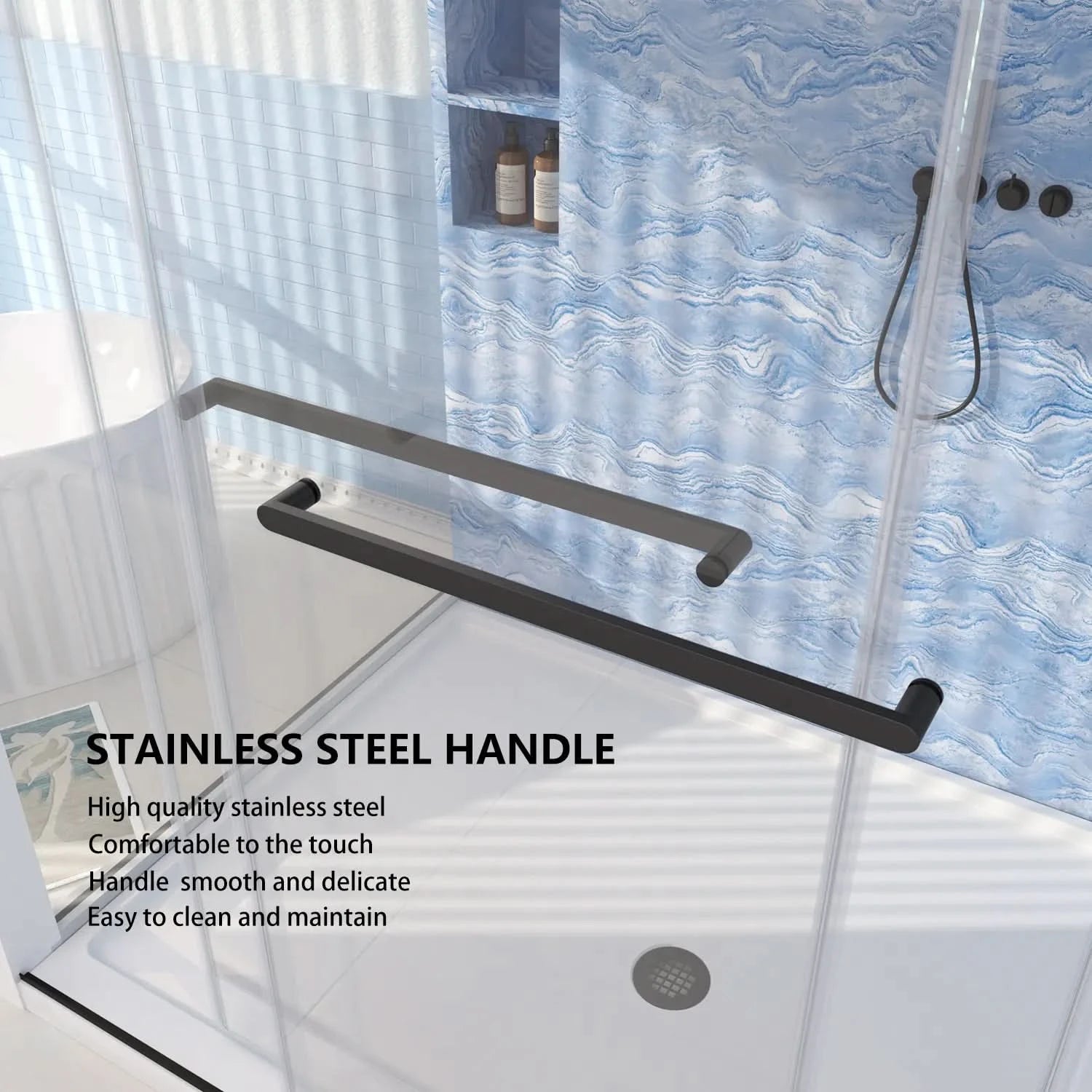Table of Contents
- Why doesn’t my door stay closed sometimes?
- How can I fix it step by step?
- What should I check first?
- What if simple adjustments don’t work?
- A real customer’s case
- Wrapping it up
- Your top questions, answered
- Explore more helpful reads
Do you have a bathroom cabinet, mirror cabinet, or glass shower door that you recently installed and it does not close up against the wall completely, leaving a 1-inch gap? You're not alone. This question comes from many of… Many installation manuals do not go into great detail for door alignment or post-installation adjustment, unfortunately. That's why we've put together this guide: to get you diagnosing and solving the mystery of a door that doesn't provide full closure with the wall.
What Makes Your Door Not Close From Time To Time?

There are a few reasons your bathroom cabinet or glass door could be failing to close flush with the wall:
- Improper hinge adjustment
- Cabinet or door misalignment
- Uneven wall or floor surfaces
- Warped door or frame — a common occurrence with moisture exposure
- Errors in installation or missing components
Identifying which of these is responsible for the problem is the first step toward solving it.
A Problem-Solution and Adjustment Procedure

Here we go, in a step-by-step walkthrough of the complete diagnostic and adjustment process.
Step 1: Identify the Type of Door and Hinge
To begin any adjustment, you will need to identify the type of hinge you have. Certain typical hinge types found in Ace Decor bathroom furniture include:
| Hinge Type | Commonly Found In | Adjustment Method |
|---|---|---|
| Concealed (European-style) hinges | Bathroom cabinets, mirror cabinets | Screws for side, depth, height |
| Pivot hinges | Glass shower doors | Allen screws or pivot pin plates |
| Surface-mounted hinges | Decorative doors or mirrors | Manual repositioning / screw adjustments |
Knowing the hinge type helps you locate the correct screws or adjustment points.
Step 2: Check Door Alignment
- Check gap – Is the gap 1 inch all the way down the door or on one side?
- Check for level — With a spirit level, see if the door or cabinet is crooked.
- Check the hinges – Are all the screws tightened? Are some hinges separating from the surface?
No amount of hinge adjustment will work if your cabinet or door is not level until you've aligned the frame.
Step 3: Adjust the Hinges
For Bathroom Cabinets (Concealed Hinges)
Most Ace Decor bathroom cabinets use concealed European-style hinges, which offer three-way adjustments:
| Screw Function | Purpose | Adjustment Direction |
|---|---|---|
| Side-to-side screw | Moves door left or right | Closes/reduces door gap |
| Depth screw | Moves door in or out from frame | Helps door sit flush |
| Height screw | Moves door up or down | Aligns top/bottom spacing |
How to adjust:
- Gap too wide from the wall? Use the intensity screw to draw the door inward.
- Is the door not lining up vertically? Align with the height screw.
- Left/right misalignment? Reposition the screw on this side.
For Shower Doors (Pivot Hinges)
Shower doors must be carefully balanced:
- Insert a wrench or a screw driver on pivot screws to loosen or tighten the pressure.
- Adjusting the top/bottom hinges to squeeze the door tighter/looser into the wall.
- Look to see if there is a bottom sweep or magnetic strip and if it's bent or not installed correctly.
Step 4: Inspect the Wall and Floor
The problem is sometimes structural and not mechanical.
- Uneven walls: If your wall isn't flat (common in older bathrooms), even the most perfectly installed cabinet door could still have a gap. Use small washers behind hinges for adjustment.
- Tiled floors: Tiles can affect the base level of floor-mounted cabinets, causing a forward lean. Check for proper shimming or leveling pads underneath.
Step 5: Add Finishing Adjustments
When mechanical alignment is correct, check for smooth motion of the door and if it stays closed by itself. You may also:
- Attach a soft-close damper to assist the door in finishing its swing.
- Add a magnetic catch or bump pad to ensure the door stays tight to the wall.
Troubleshooting Checklist
Here's a nice checklist for you to refer to when going through your fix:
| Check | What to Do |
|---|---|
| Is the hinge type identified? | Match it to known types and locate adjusters |
| Is the door level? | Use a spirit level; relevel the base if needed |
| Do all screws hold firm? | Tighten or replace as necessary |
| Are hinges adjustable in 3 ways? | Use correct screws for depth, side, height |
| Is the wall surface flat? | Add spacers or washers if required |
| Does the door stay closed? | Consider magnetic catch or soft-close accessory |
When Adjustment Is Not Enough: Advanced Solutions

If, even after adjustment, your door still won't close properly, the issue may be more serious:
1. Warped Door Panel
- Occurs with extended exposure to moisture
- Fix: Replace panel or check Ace Decor support for warranty service.
2. Hinge Mount Holes Stripped
- Replace with larger screws or filler plugs to regain grip.
3. Frame Damage
- May require cabinet or shower enclosure to be disassembled and reinstalled.
Real Customer Question
"How do I adjust the door to close to the wall? It closes about 1 inch away, and the installation guide has no info.”
Thank you for your question! From your description, there's a good chance your door needs a depth adjustment. Most concealed hinges installed in our cupboards have one screw for this reason. Find the furthest-left adjustment screw, the one that moves the door in or out from the cabinet frame. Slowly tighten this screw on each of the top and bottom hinges until the door aligns flush with the wall. Check that the cabinet is level or if it's the wall that is uneven if this problem continues. Need to tidy up -we are happy to help you!
Conclusion
A bathroom cabinet or shower door that doesn't close completely against the wall can be annoying—but in most cases, it can usually be fixed with a few careful adjustments. At Ace Decor we believe that function should meet form and we are here to help you along every step of the way.
If you have questions about a particular model, or if you'd like our expert team to walk you through your installation issue, feel free to reach out to us. Your bathroom deserves better — and we can help you find that ideal fit.
FAQ Time
1. What if my door closes completely but bounces back a little and doesn't stay shut?
A very common issue, usually due to tension in the hinges or no closing mechanism like a magnetic catch. Make sure your hinges aren't over-tightened —particularly, the depth screw. If they are too tight, they can force the door outward post closure. Next, install a magnetic catch or soft-close damper (shown, from Ace Decor). These accessories gently guide the door into position and prevent it from swinging back open in humid or high-traffic restroom conditions.
2. Can I adjust the door without removing it from the cabinet or wall?
Usually, yes, and particularly with European-style concealed hinges or pivot hinges; virtually all adjustments can be made while the door is installed. Locate the adjustment screws on the hinge arms or mounting plates. Careful removal of the door is necessary only if the hinge hardware has been damaged or if there is a serious alignment problem and you're going to have to reinstall it.
3. Is it safe to use power tools to adjust or reinstall bathroom cabinet doors?
You may use power tools but with caution. MDF or particle board often used in bathroom furniture can strip the hinge holes if screws are over-tightened with a drill or impact driver, or even crack delicate surfaces. For millennial adjustments, we advise using a manual screwdriver. If you're reinstalling or reinforcing hinge mounts, turn down the torque on your drill and always pre-drill if you're inserting into new material.
Related Articles
Find further tips and solutions for the perfect fit & finish with Ace Decor bathroom furniture.














